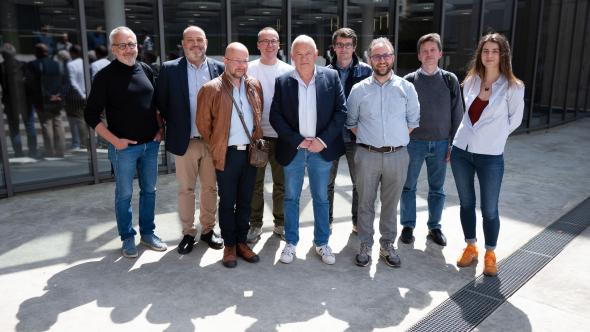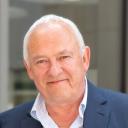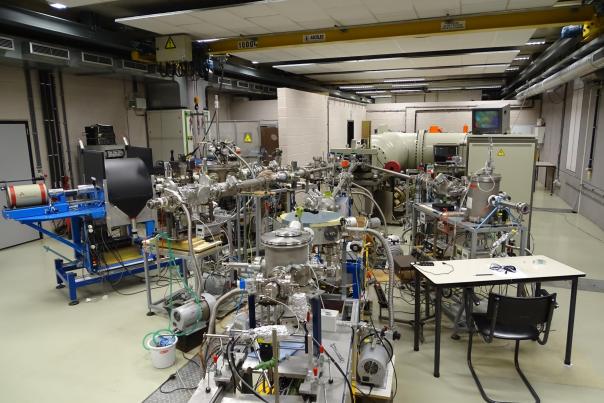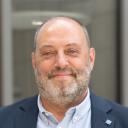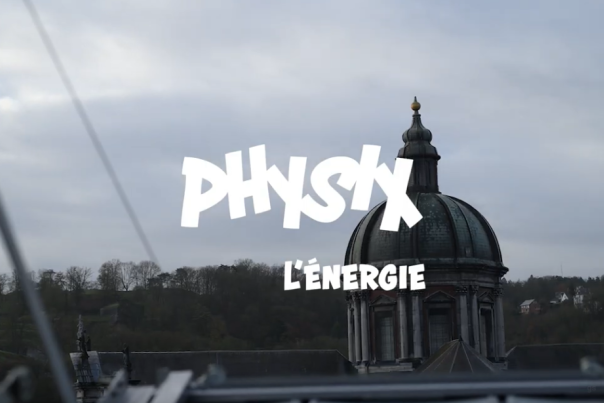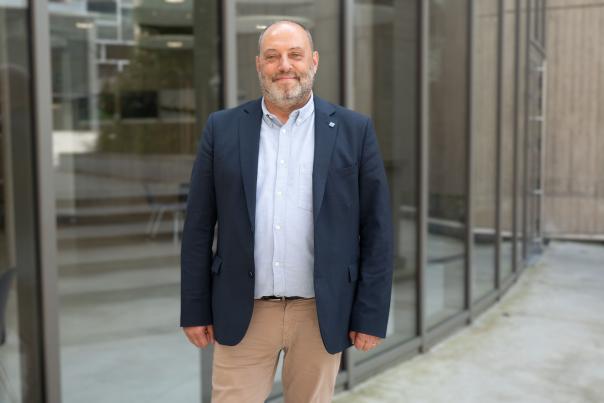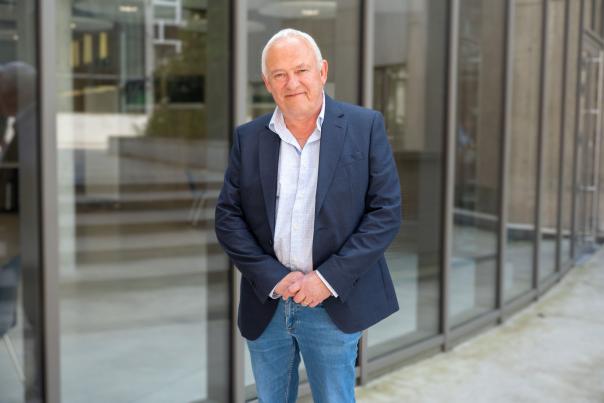In the picture, from left to right: (top) Pierre Louette, Director of the Physics Department; François Briard, Head of the Science Portal Group (CERN); Julien Colaux, IBA specialist, physics researcher; Boris Hespeels, biology researcher; Alexandre Mayer, physics researcher; Anne-Catherine Heuskin, physics and biophysics researcher. (bottom) André Füzfa, astrophysicist and mathematics researcher; Serge Mathot, Applied Physicist (CERN) and Michaël Lobet, physics researcher.
The love affair between CERN and UNamur goes back a long way. CERN's accelerator complex and experimental program are very different and much larger than those of UNamur's Physics Department, but the fields in which the two institutions work have much in common.
In addition, both guests have a personal history with UNamur. The Physics Department was pleased to welcome Serge Mathot, Referent Applied Physicist (CERN) and alumni of the UNamur Physics Department (1992), as well as François Briard, Group Leader Science Portal (CERN), and alumni of the UNamur Faculty of Computer Science (1994).
The activities began with a meeting between the guests, Rector Annick Castiaux, Vice-Rector for Research Carine Michiels, Physics Department Director Pierre Louette and several other members of the Physics and Biology Department. After a general presentation of the University, the participants pointed out the missions shared by both institutions: research and the transfer of technology and knowledge, service to society, scientific popularization and education and training.
.
